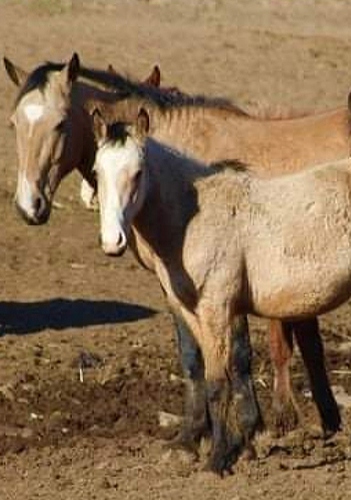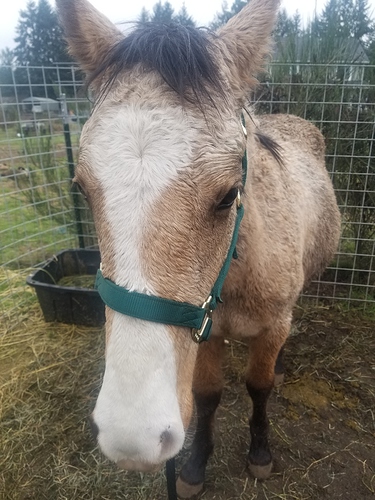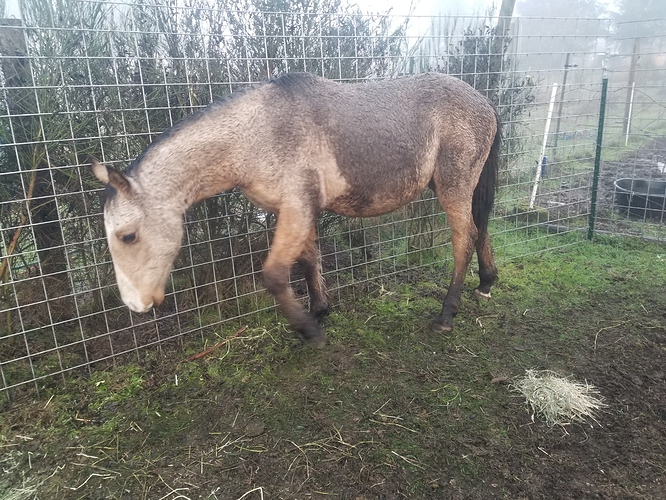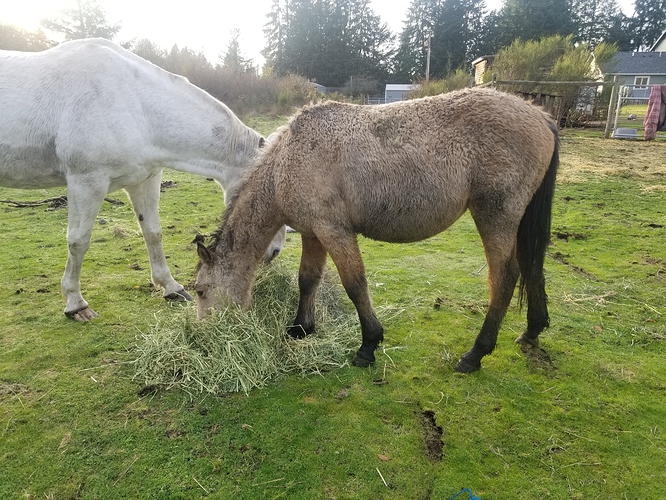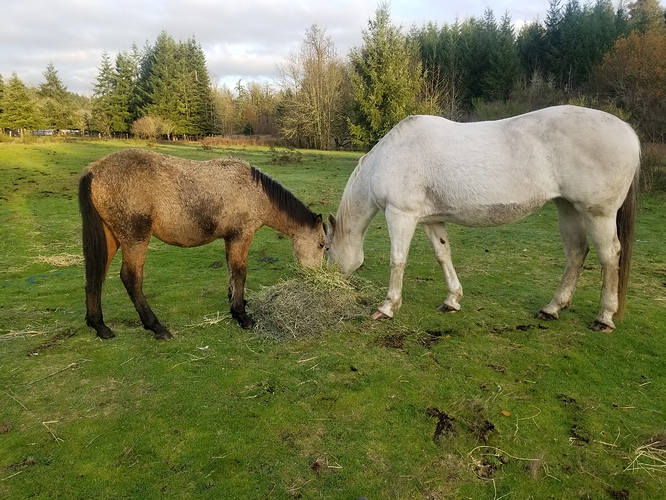Yes, feed the horse you have now. If I misread the intent of your first comment, my apologies. It doesn’t matter if they came from a nutritionally deficient start, which is really the basis of where I’m coming from. Feed what you have, the nutritional requirements are the same for a 6 month old who came from a great start, and who came from a poor start. That’s all I’m trying to say (maybe poorly)
No, actually, I’m not. I will say that the typical v/m supplement out there provides so little of everything that they aren’t going to fill in more than the smallest gap. 14mg (if that) copper is hardly anything. So while a typical v/m is not anything I would suggest, it’s also not the worst thing. But I will always actively suggest against it unless a forage analysis shows that it does a good enough job.
We have to consider that a foal’s nutrient requirements are similar to his adult self, but starting from a place of maybe 1/2 to 2/3 the forage his adult self would be eating. That’s why the feeding rate of a ration balancer is higher for a foal/yearling, than his adult self.
Water-soluble yes, fat-soluble no. But the typical v/m supplement doesn’t have enough of much of anything to make a difference either way. And as you say, the Se content is usually so low it doesn’t matter either way either.
And yet, there is still Omolene 300 which is 30%-ish NSC, and it has been pretty well proven that high starch diets, especially long term, are linked to DOD issues.
Tribute Essential K is a ration balancer, with foal feeding rates, but that the 3lb rate they have for an average foal, they are pushing the boundary of toxic levels of Vitamin A. They have been questioned by vets and nutritionists, and they don’t care 

We can’t implicitly trust them, we have to do some of our own homework too.
As you can see, so am I LOL! I don’t see you as rude, we’re after the same goal, probably more alike than it seems by our conversation 
It all comes down to - feed the horse in front of you, regardless of the background. Run some blood work to see what you can see - Vitamin E, selenium, and a few other things, to see if the current diet should get things where they need to be, or if you need to be more aggressive in the short-term if something is low enough
I will always recommend starting with a ration balancer for foals who are currently in good weight on a forage-only diet. For most, that’s all the extra calories they need, barring maybe a few 1000 extra during some growth spurts.
I’ve seen too many fat foals because the owner wanted a Foal/Growth feed, and were intent on feeding 6-7lb because that’s what they label said, OR, the foals are in good weight but they’re only feeding 2lb of that foal/growth feed because any more makes them fat. Neither of those is appropriate.
Yeah, that’s a problem, so a FEC asap is a good idea. Even if he ate them all, if you didn’t use a double dose, by weight, then it was likely useless anyway, due to high, widespread resistance. Acclimate him to paste deworming (some are tasty enough they can be put in the feed but foals can be iffy enough about hard feed that may not work well either).
Safeguard/Panacur (fenbendazole) and Strongid (pyrantel pamoate) need to be double-dosed to kill ascarids. But strongyle resistance is high.
Ivermectin is needed for bots and strongyles
Double pyrantel kills tapeworms
By the Fall of their first year, Equimax is a good idea to kill bots, tapeworms, and strongyles
Microsoft Word - AAEPParasiteControlGuidelines.docx
If you want to cut to the chase, scroll down to “Considerations for foals, weanling, yearlings”

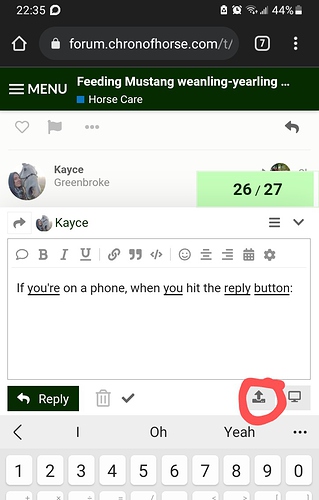
 I mostly post from my phone. There should be a tutorial in the Technical Help forum if you can’t find it.
I mostly post from my phone. There should be a tutorial in the Technical Help forum if you can’t find it.
